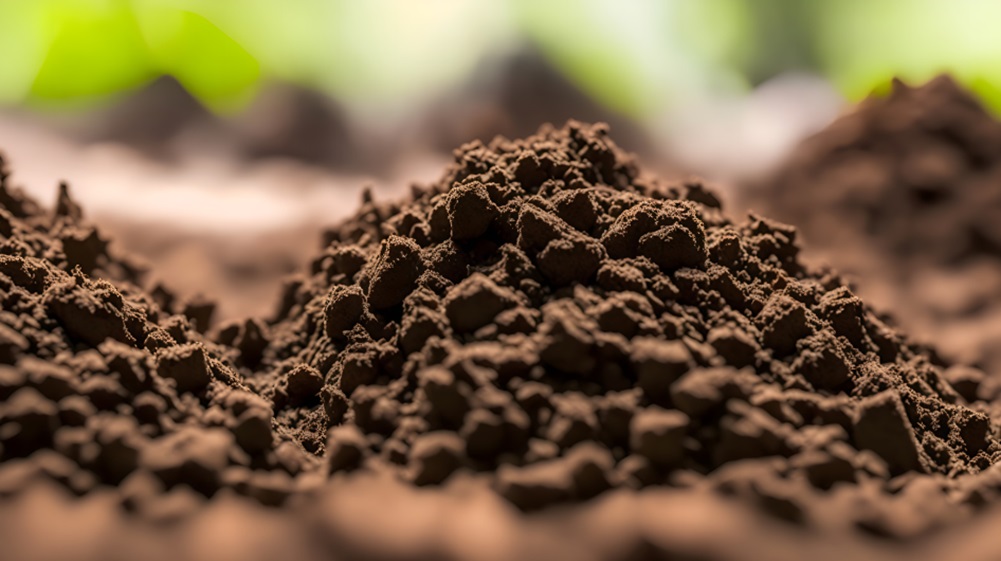Understanding the Different Types of Soil for Landscaping Projects

Choosing the right soil is essential for the success of any landscaping project. Whether you’re planting flowers, laying sod, or improving drainage, selecting the proper type of soil ensures that plants thrive and your outdoor space flourishes. If you’re searching for quality landscape supply in Milton, understanding the different soil types will help you make informed decisions for your project.
This guide breaks down the common types of soil used in landscaping, their uses, and how to select the right one for your needs.
Topsoil: The Foundation of Landscaping
What Is Topsoil?
Topsoil is the uppermost layer of soil, rich in organic matter and nutrients. It is commonly used to level uneven areas, fill garden beds, and create a foundation for planting grass or shrubs.
Uses of Topsoil
- Lawn Installation: Topsoil is ideal for laying sod or planting grass seed.
- Garden Beds: It provides a nutrient-rich base for flowers and shrubs.
- Erosion Control: Topsoil helps stabilize slopes and prevent soil loss.
When choosing topsoil, ensure it is free of contaminants and well-suited to your project. To clarify misconceptions, this article on topsoil myths debunked, separating facts from fiction in gardening, highlights essential facts about its benefits and proper use.
Garden Soil: Boosting Plant Health
What Is Garden Soil?
Garden soil is topsoil enriched with compost or organic matter to support plant growth. It offers improved nutrient content, perfecting flower beds, vegetable gardens, and other planting areas.
Uses of Garden Soil
- Flower Beds: Garden soil provides the nutrients flowers need to thrive.
- Vegetable Gardens: It improves plant growth and crop yield.
- Soil Amendment: Garden soil can be mixed with existing soil to enhance its structure and fertility.
To understand the differences between garden soil and other options like potting soil, explore this breakdown of garden soil vs. potting soil: which one does your green thumb need to determine the best choice for your green spaces?
Clay Soil: A Double-Edged Sword
What Is Clay Soil?
Clay soil contains small, compact particles that retain moisture but drain poorly. While its high nutrient content supports plant growth, it can become dense and complex when dry, making it challenging to work with.
Uses of Clay Soil
- Moisture-Loving Plants: Ideal for plants that thrive in damp conditions.
- Foundation Layer: It can be used in specific areas to retain moisture in dry climates.
Improving clay soil with organic matter or sand can enhance drainage and usability for landscaping projects.
Sandy Soil: Great for Drainage
What Is Sandy Soil?
Sandy soil has larger particles, allowing for excellent drainage but limited water retention. It is lightweight, easy to work with, and ideal for specific plants that prefer drier conditions.
Uses of Sandy Soil
- Cactus and Succulent Gardens: Perfect for plants that need well-draining soil.
- Improving Drainage: Sandy soil helps fix waterlogged areas.
- Base Layers: It is often used under pavers and pathways.
Mixing sandy soil with compost can add nutrients and improve its ability to retain moisture for general landscaping.
Loamy Soil: The Ideal Choice
What Is Loamy Soil?
Loamy soil is a balanced blend of sand, silt, and clay, offering excellent fertility, water retention, and drainage. It is considered the best all-around soil for most landscaping and gardening projects.
Uses of Loamy Soil
- Flower Beds and Lawns: Loamy soil promotes healthy plant growth.
- Vegetable Gardens: Provides the perfect environment for various crops.
- General Landscaping: Ideal for trees, shrubs, and grass.
Choosing the Right Soil for Your Project
To select the right soil, consider the following:
- Project Goals: Are you planting flowers, building lawns, or improving drainage?
- Plant Needs: Different plants thrive in specific soil types.
- Soil Quality: opt for high-quality soil from trusted suppliers to avoid contaminants.
Conclusion
Understanding the different types of soil is essential for successful landscaping projects. Whether you need nutrient-rich garden soil, versatile topsoil, or well-draining sandy soil, choosing the right option will ensure your outdoor space thrives. For those seeking dependable landscape supply, knowing the purpose of each soil type makes it easier to create a beautiful and functional landscape. Selecting the best soil for your needs will lay the foundation for a vibrant, healthy yard that flourishes for years.
